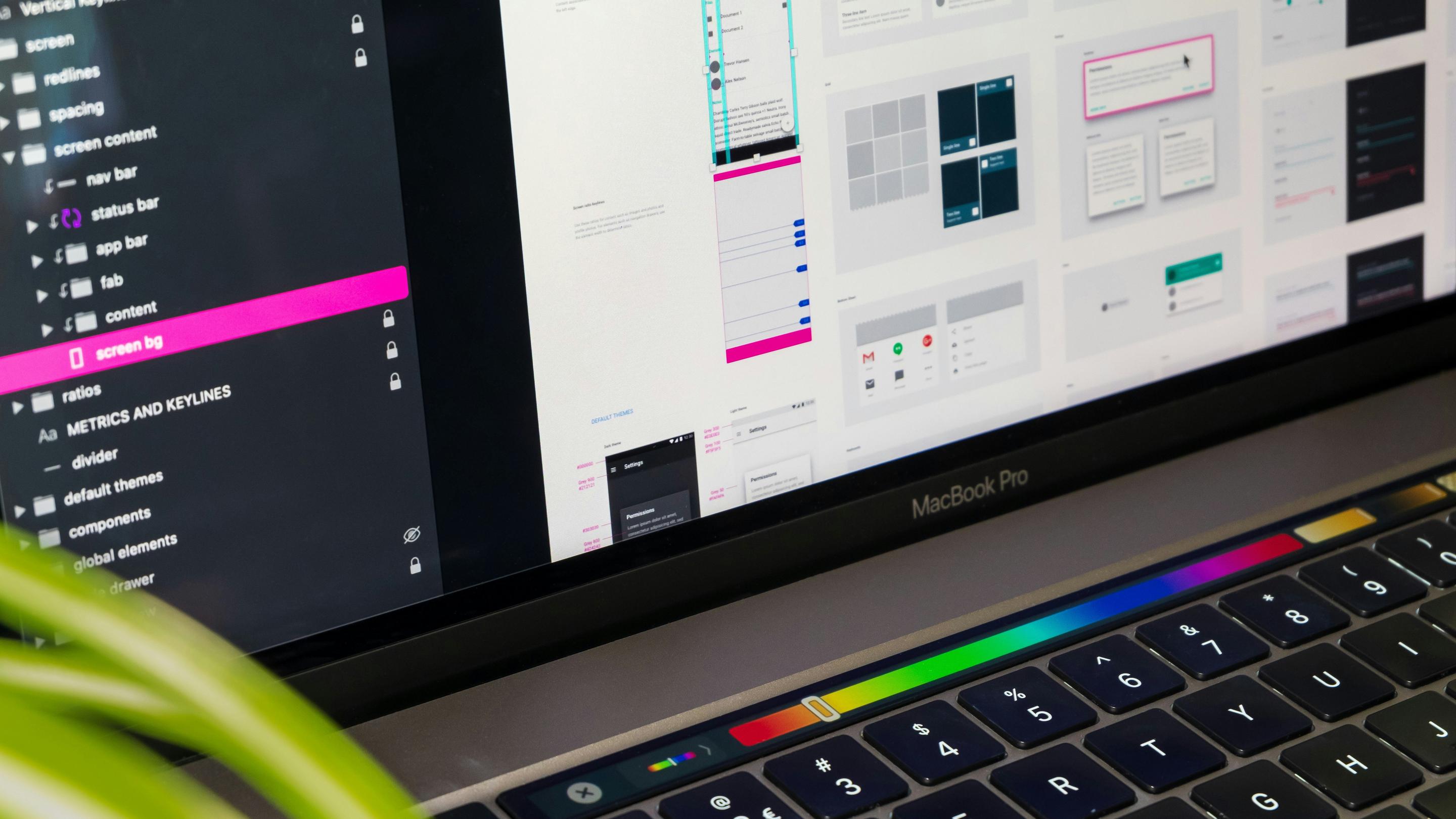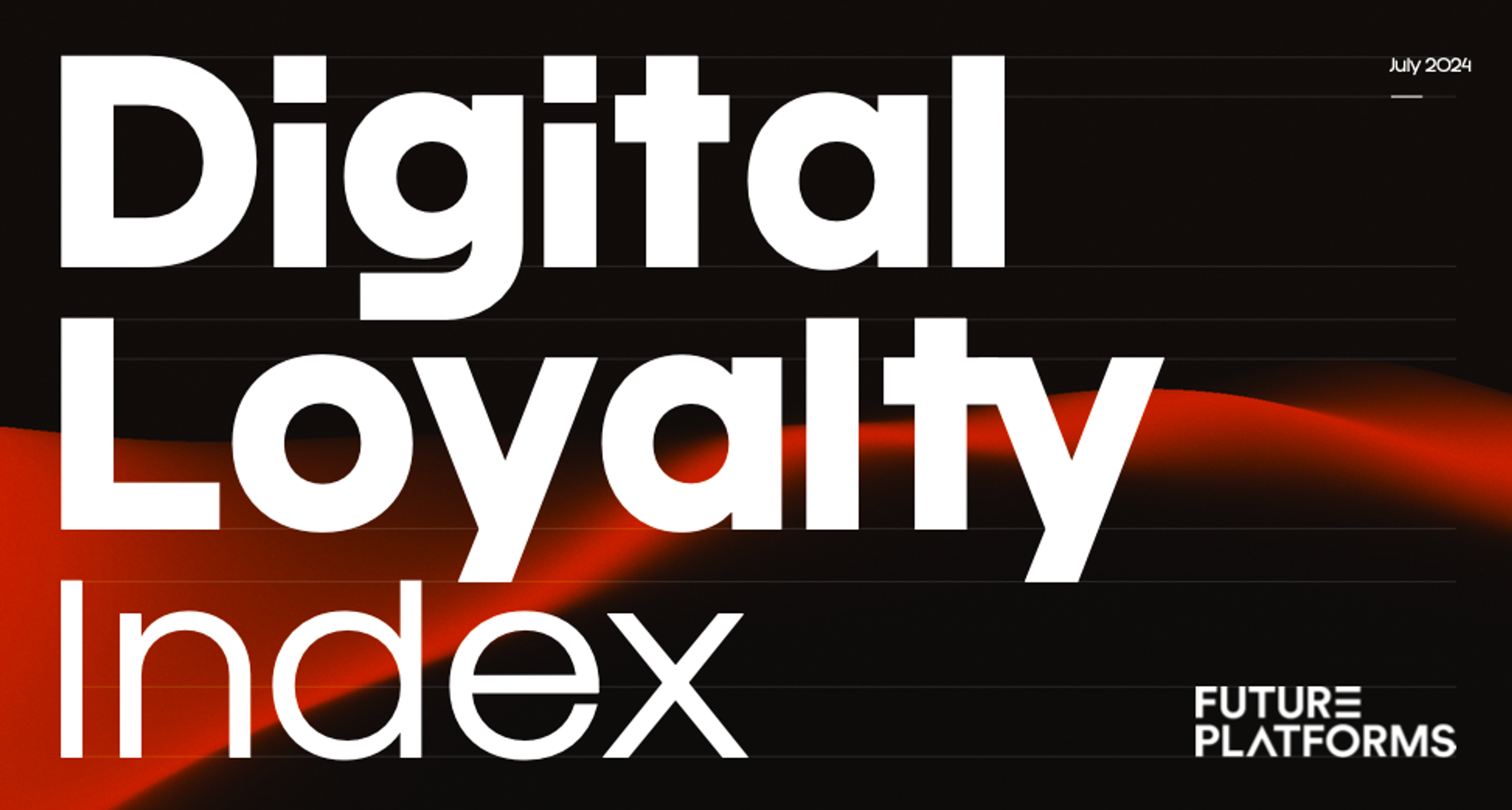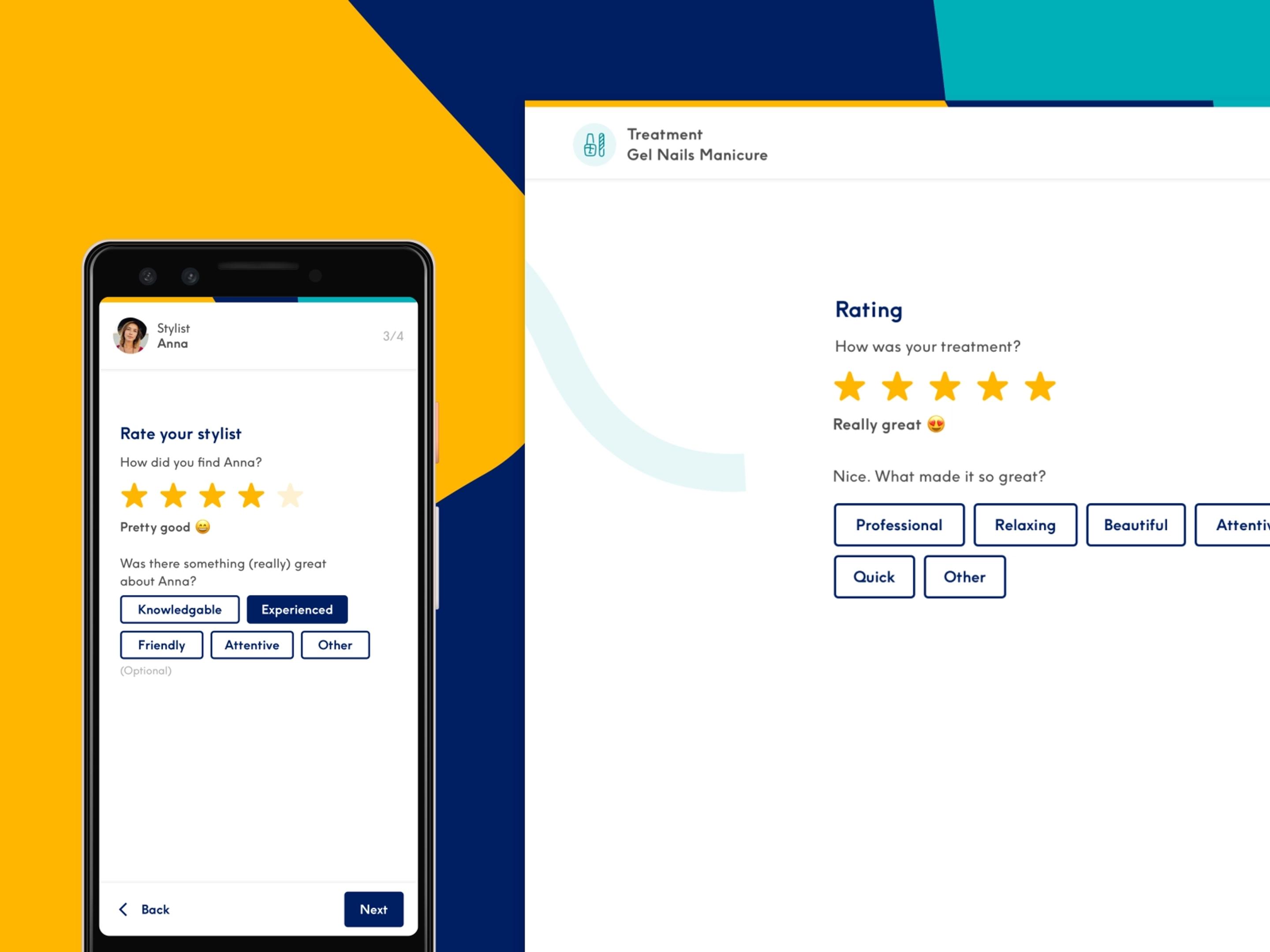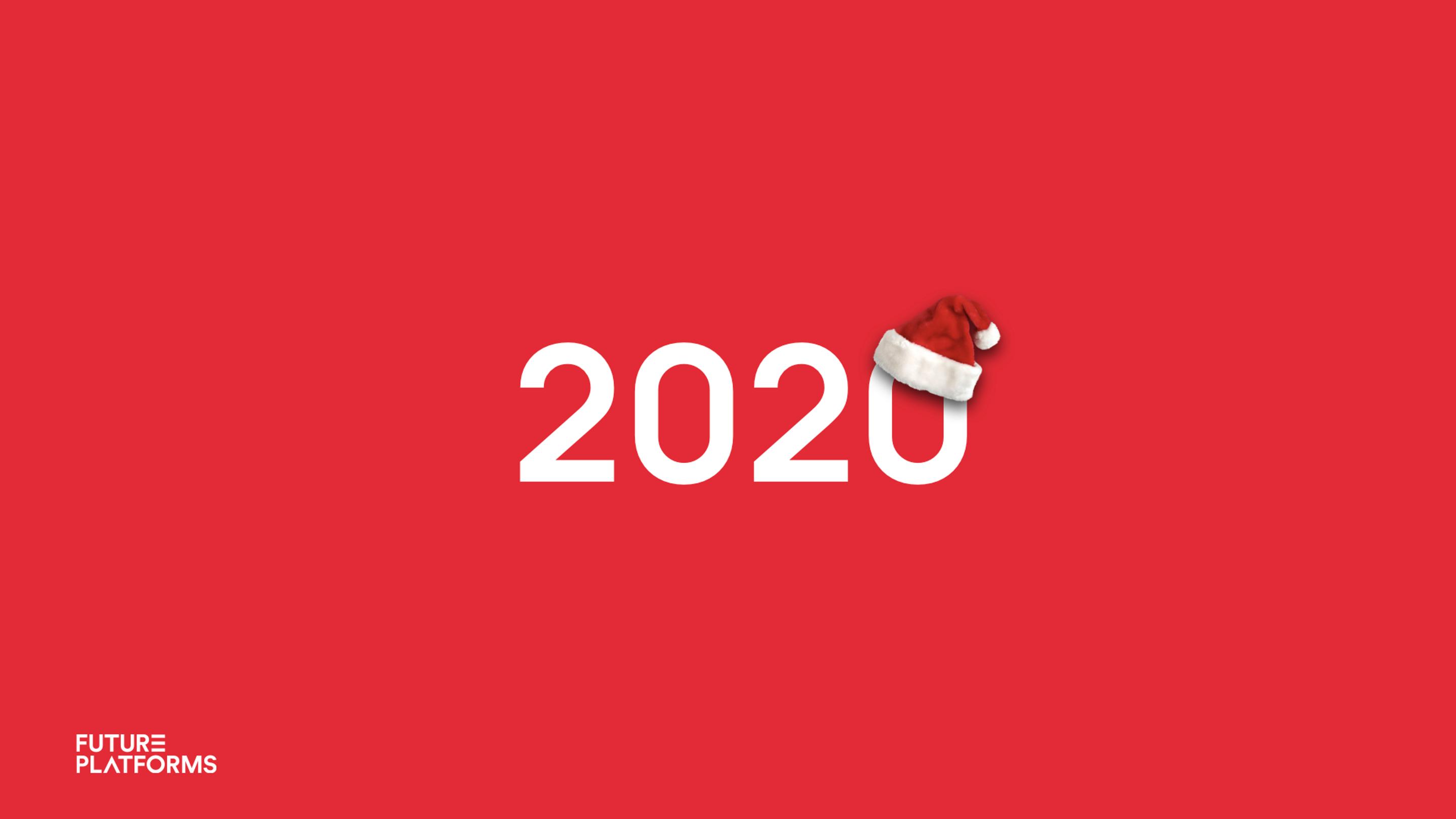What is a Digital Circular Economy?

Businesses are often under pressure to deliver immediate results, particularly when investment is concerned, which often comes at the expense of long-term strategic thinking, and subsequently long term strategic investment. This short-term focus can lead to inefficient, disposable digital solutions that are costly to maintain and quick to become obsolete.
We were thrilled to see our CEO, Livia, explore a powerful antidote to this problem in a recent feature on TechRadar Pro: the digital circular economy.
This approach challenges the linear "build, use, dispose" model of software development and instead champions a more sustainable and resilient strategy. But what does that mean in practice?
What is a Digital Circular Economy?
Think of a physical circular economy, where materials are reused and recycled to minimise waste and maximise value. A digital circular economy applies the same logic to your digital assets. Instead of building every new application or feature from scratch (the linear model), you create a system where code, data, infrastructure, and design components are treated as valuable, reusable assets.
The goal is to create a living ecosystem of technology that can be endlessly adapted and redeployed, rather than a graveyard of single-use projects.
What are its Core Principles?
While the concept is powerful, it's built on a few simple, practical principles:
What are the Practical Benefits?
Adopting this model delivers tangible advantages that address both short-term pressures and long-term goals:
Accelerated Development:
Teams can launch new products and features significantly faster by assembling existing, proven components instead of starting from zero.
Reduced Costs & Waste:
Reusing code and infrastructure directly lowers development and maintenance costs. You spend less time and money reinventing the wheel.
Increased Innovation:
By handling the foundational work with reusable assets, engineers are freed up to focus on creative, high-value problem-solving that truly differentiates your business.
Less Technical Debt:
A well-governed library of components leads to higher quality and more consistent code across the organisation, reducing the burden of future rework.
How Can a Business Get Started?
Transitioning to a digital circular economy doesn't require a massive, overnight overhaul. You can begin with a few focused steps:
By embracing a digital circular economy, businesses can build a more sustainable, efficient, and innovative foundation to not only weather current pressures but thrive in the future.
To talk to us about understanding how we can drive value for your organisation through a digital circular economy, get in touch today.






